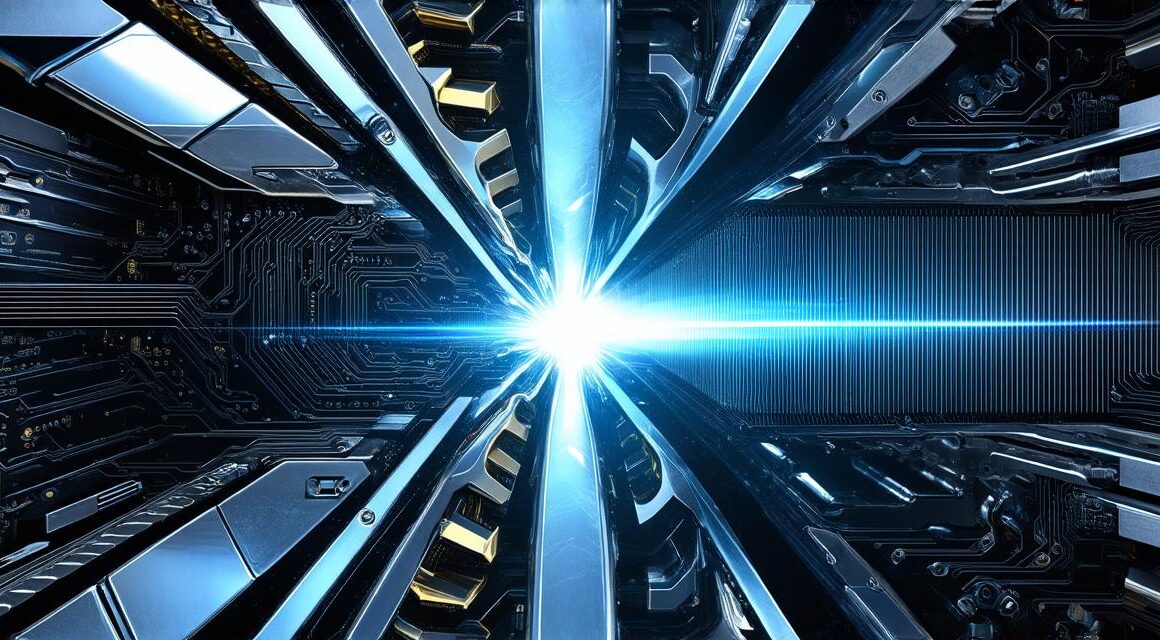Are you a Unity game developer looking to create custom 3D models that stand out from the crowd? Look no further! In this article, we will explore how to create stunning 3D models for your Unity games with ease. We’ll delve into the best practices and tools you need to know, as well as some real-life examples of successful 3D models in Unity games.
First things first: why create custom 3D models? Custom 3D models can add a unique and engaging touch to your game. They allow you to showcase your creativity and stand out from the competition. Moreover, they can enhance the player’s immersion by providing them with a more realistic environment to interact with.
To get started with creating custom 3D models for Unity games, there are several tools you should consider using:
- Blender: A powerful and versatile 3D modeling software that allows you to create detailed and complex models. It’s free and open-source, making it a popular choice among game developers.
- Maya: Another popular 3D modeling software that offers advanced features and capabilities for creating high-quality 3D models. It’s more expensive than Blender but is often used by professional game developers.
- Unity Asset Store: A marketplace where you can find pre-made assets, including 3D models, that you can use in your Unity projects. This can save you time and effort if you don’t have the resources to create custom models yourself.
Once you have chosen your tools, it’s time to start creating! Here are some tips to help you along the way:
- Start with a concept: Before diving into the details of your 3D model, it’s important to have a clear idea of what you want to create. Sketch out your ideas and create a rough 3D model using simple shapes and forms. This will give you a better understanding of how your final product will look and help you refine your design as you go along.
- Use reference images: When creating a 3D model, it’s important to have a solid understanding of the object you’re trying to recreate. Look for reference images online or take photos of real-life objects to use as a guide. This will help ensure that your 3D model is accurate and detailed.
- Pay attention to lighting: Lighting can make or break a 3D model. Experiment with different lighting settings to find the best combination for your object. You can also use specialized tools like HDRI maps to add more depth and realism to your scene.
- Use textures: Textures are an essential part of creating a realistic 3D model. From simple diffuse textures to complex specular maps, there are many types of textures you can use to enhance the look and feel of your object. Don’t be afraid to experiment with different textures to find the best combination for your model.
Now that we’ve covered some of the basics let’s take a look at some real-life examples of successful 3D models in Unity games:
- The Elder Scrolls V: Skyrim: This game features stunning 3D environments and creatures, including dragons and elves. The developers used a combination of pre-made assets and custom models to create these immersive worlds.
- Minecraft: This popular sandbox game allows players to create their own 3D worlds using simple building blocks. While not technically a “game,” Minecraft demonstrates the potential for creative 3D modeling in gaming.
- Red Dead Redemption 2: This game features incredibly detailed 3D environments, including bustling towns and vast landscapes. The developers used a combination of pre-made assets and custom models to create these realistic worlds.
In conclusion, creating custom 3D models for Unity games can be a fun and rewarding experience. With the right tools and techniques, you can create stunning and engaging 3D environments that will enhance your game’s overall look and feel. Whether you’re a beginner or an experienced game developer, there’s always something new to learn when it comes to creating custom 3D models for Unity games. So go ahead and unleash your creativity – the possibilities are endless!
FAQs:
1. What software is best for creating custom 3D models for Unity games?
Both Blender and Maya are popular choices for creating custom 3D models for Unity games. However, Blender is a more affordable and open-source option, making it a popular choice among game developers.
2. How do I create a custom 3D model for my Unity project?
Start by sketching out your ideas and creating a rough 3D model using simple shapes and forms. Then refine your design as you go along, paying attention to lighting, textures, and other details that will enhance the look and feel of your object.
3. Can I use pre-made assets from the Unity Asset Store to create custom 3D models for my game?
Yes, the Unity Asset Store is a great resource for finding pre-made assets that you can use in your Unity projects, including 3D models. This can save you time and effort if you don’t have the resources to create custom models yourself.
4. How do I ensure that my custom 3D model is accurate and detailed?
Start by using reference images to get a solid understanding of the object you’re trying to recreate. Pay attention to lighting, textures, and other details that will enhance the look and feel of your object as you create your 3D model.



